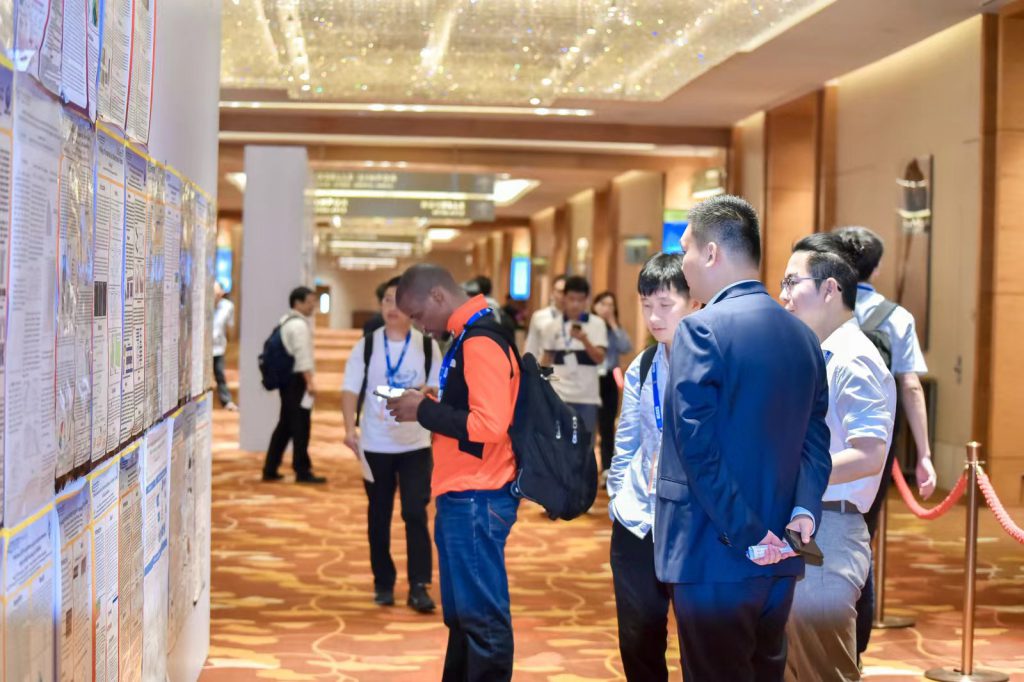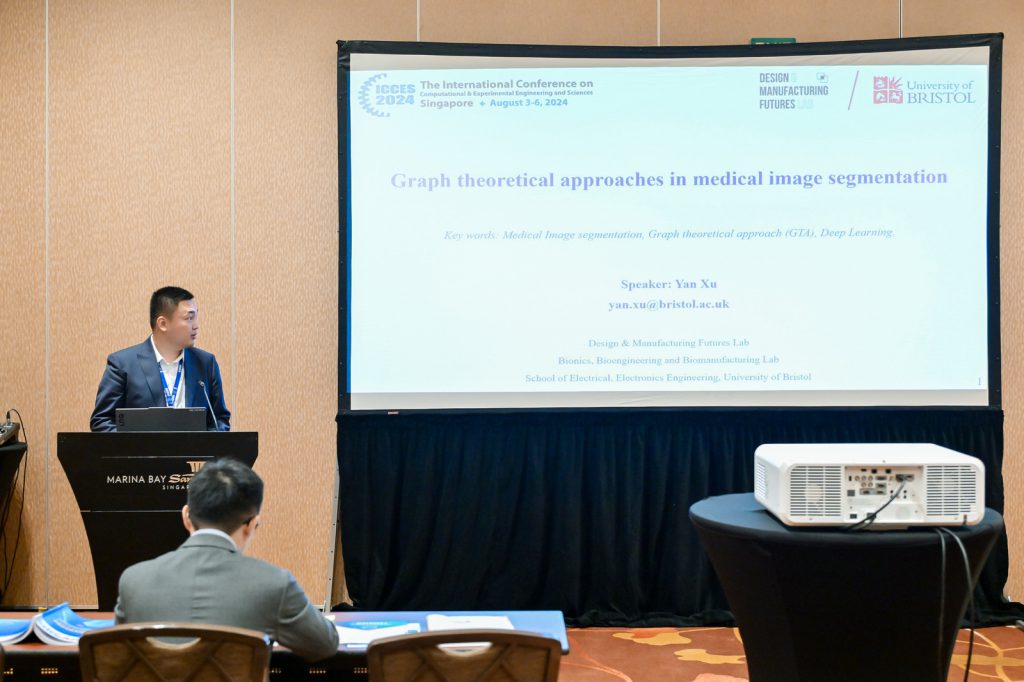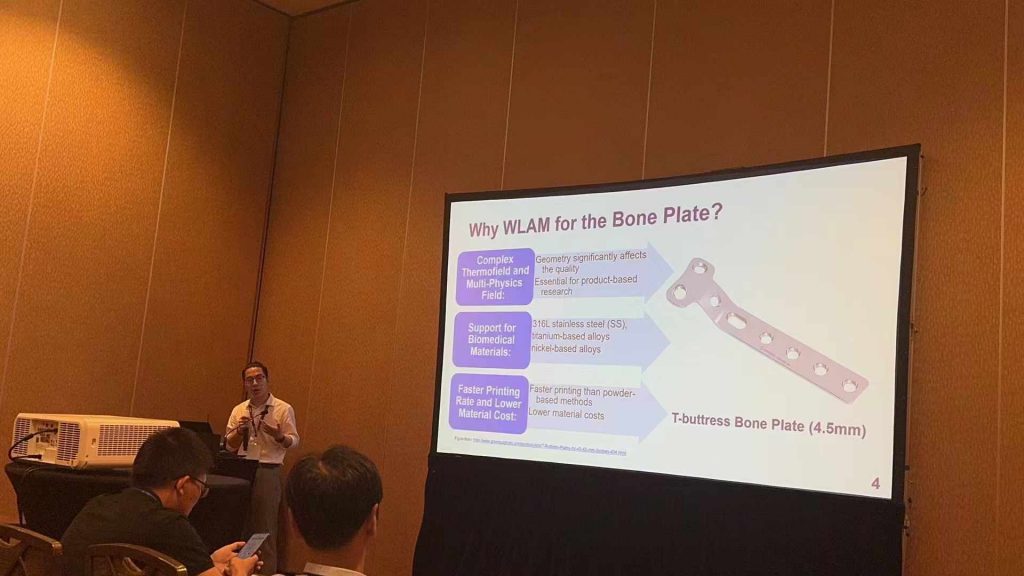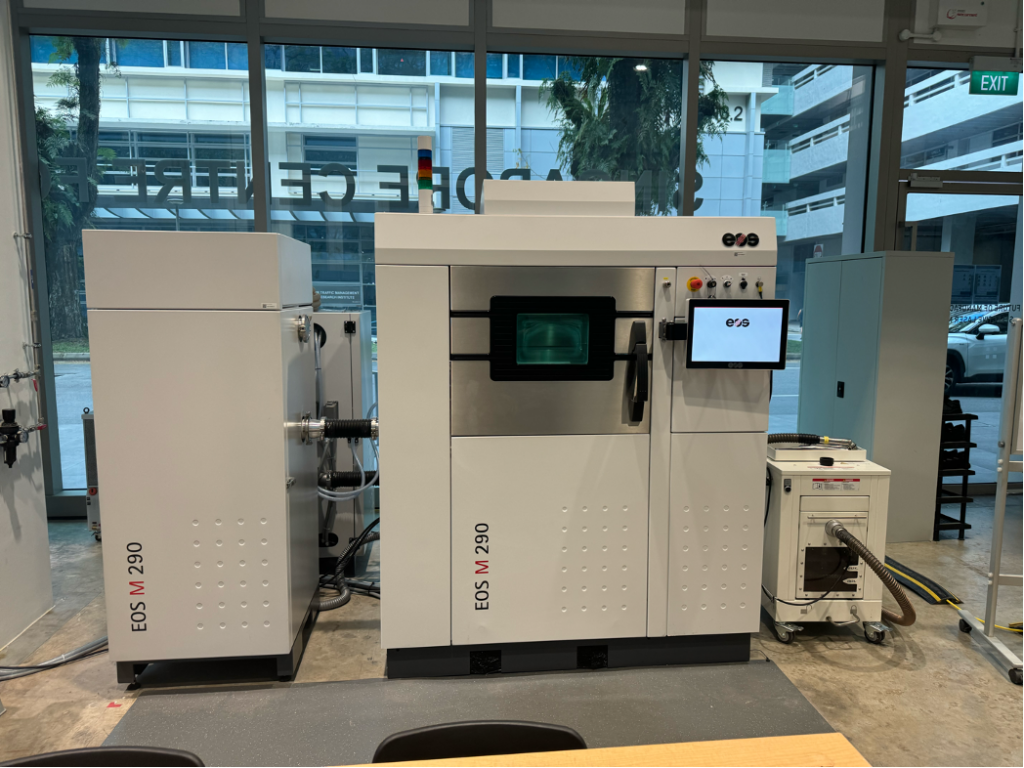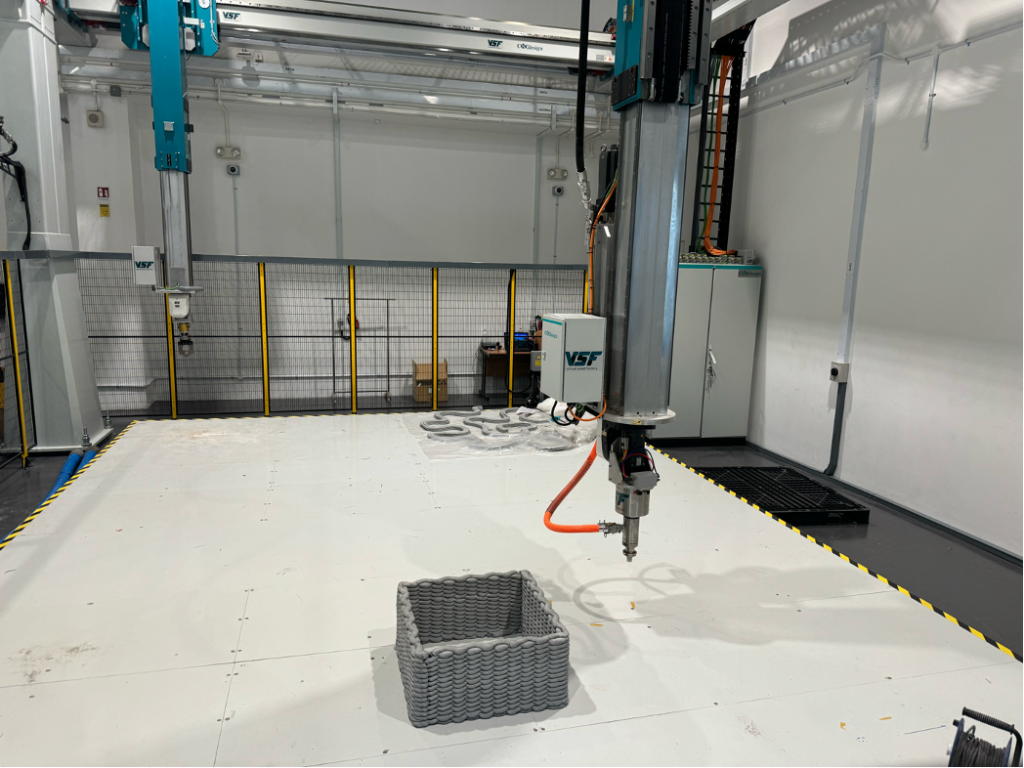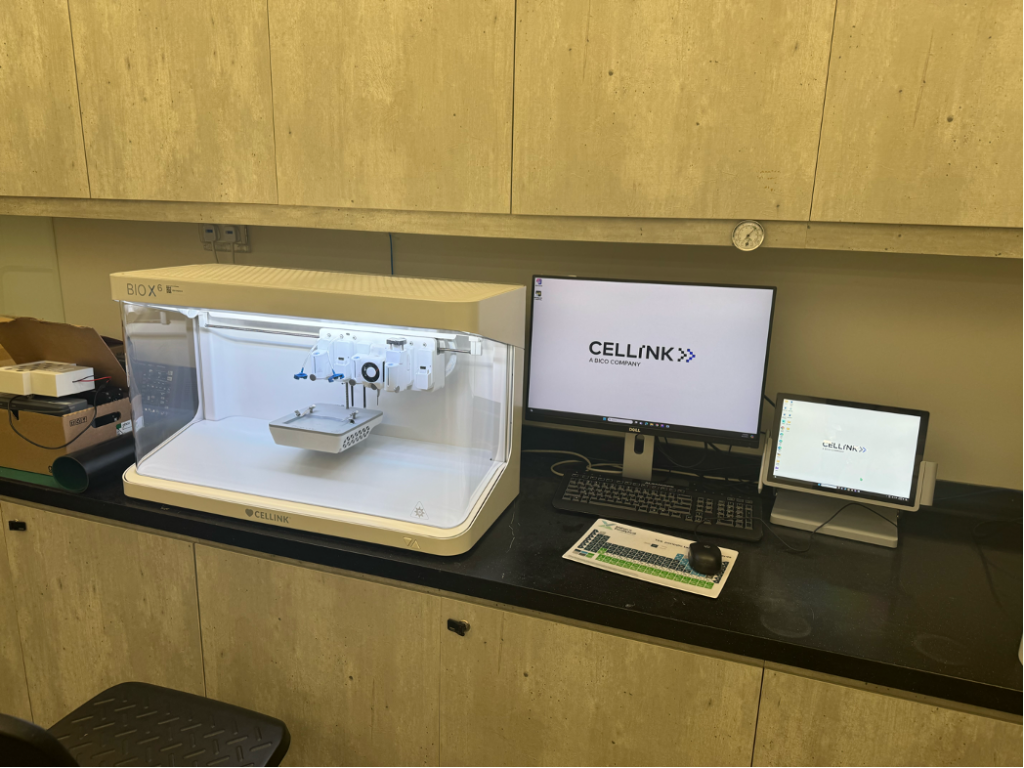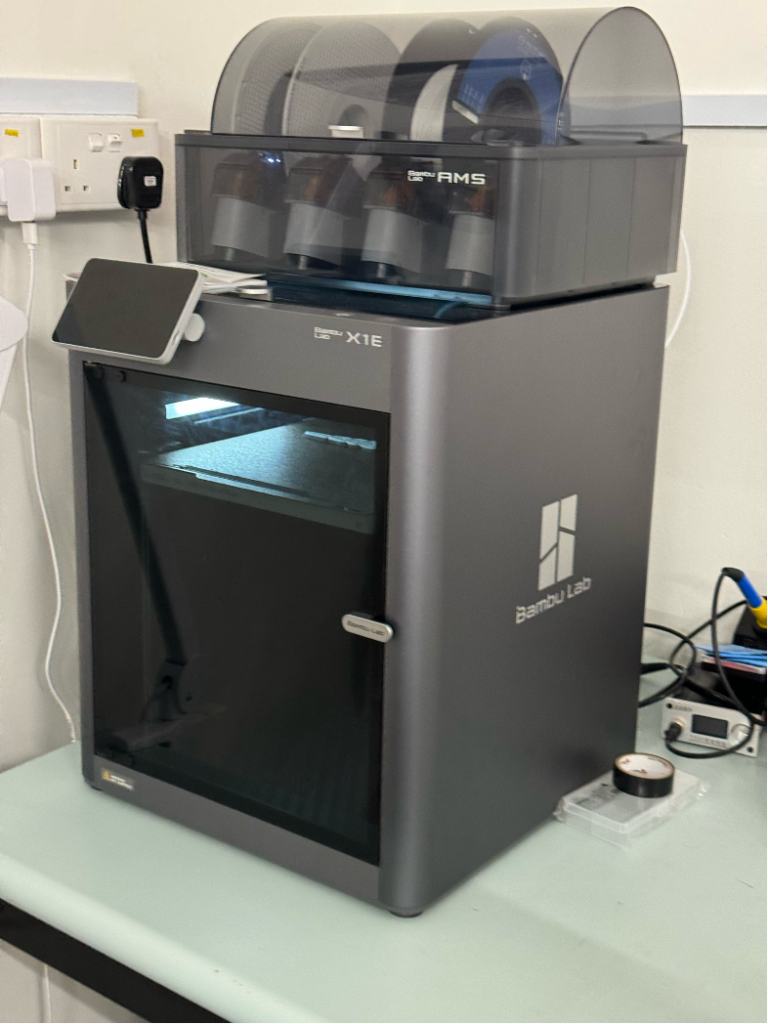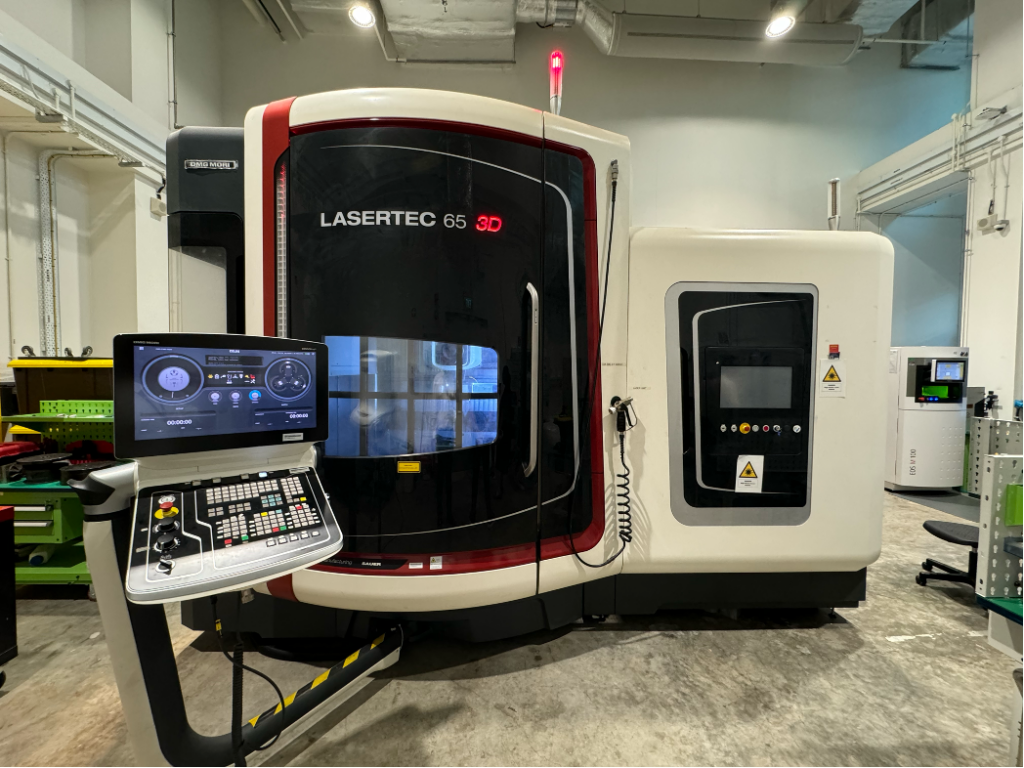The 30th International Conference on Computational and Experimental Engineering and Science (ICCES2024) was held from August 3 to 6, 2024, in Singapore. Yan Xu and Weiting Xu attended the conference, delivering oral presentations and presenting two conference papers. The two papers were:
Overview of Graph Theoretical Approaches in Medical Image Segmentation
Yan Xu, Fengyuan Liu*, Weiting Xu and Rixiang Quan
In the era of accelerated advancements in computing technology and the rise of big data, image segmentation has become a key component of medical image analysis. The goal of image segmentation is to divide an image into regions with distinct features, enabling precise quantitative analysis essential for disease diagnosis, biomarker discovery, and medical research. Among the various methods, Graph Theoretical Approaches (GTA) are notable for their strong theoretical foundations and ability to structure image data into coherent mathematical frameworks. This not only improves problem formulation but also enhances computational efficiency and adaptability. This paper provides a comprehensive review of essential GTAs, including minimum spanning tree algorithms, graph cuts, Markov random fields, and shortest path methods, and explores their applications in biomedical imaging, such as MRI, CT, and ultrasound. While GTAs offer significant advantages in terms of robustness and accuracy, they face practical challenges such as high computational requirements and scalability issues, especially with large datasets. Integrating GTA with deep learning is identified as a promising solution, as deep learning excels at feature extraction while GTA refines segmentation outputs through precise boundary delineation. Despite the challenges, this review emphasizes the analytical power of GTAs in handling complex biomedical images and underscores the potential for hybrid models combining GTA and deep learning to drive further advancements in medical image segmentation.
Refining Bone Plate Design for Proximal Tibia Fractures: A Comparative Evaluation of Methods and Outcomes in Patient-Specific Approaches
Weiting Xu*, Fengyuan Liu, Aydin Nassehi, Yan Xu and Rixiang Quan
This study aims to assess and rank the effectiveness of 3D reconstruction, parametric design, and generative design in creating costeffective, timely, and clinically appropriate bone plates for proximal tibia fractures. Additive manufacturing (AM) now enables customized bone plates, enhancing treatment efficacy and reducing long-term complications. However, challenges such as prolonged design processes, compatibility issues, and high costs persist, making it crucial to compare design approaches to identify the most effective method for patient-specific bone plates. To accomplish the evaluation, Analytic Hierarchy Process (AHP) adopted with eleven design criteria, i.e., the adaptability, load capacity, manufacturability, design cost and speed, installation ease, durability, anatomical conformance, patient comfort, customization, and lightweight design was utilized to access these three design approaches. Specifically, finite element analysis (FEA) was used to support the load capacity criteria comparison by providing stress distribution for each design. The FEA results revealed that the 3D reconstructed plate exhibited the lowest stress at 256.7 MPa, while the generative and parametric designs registered higher stresses of 755.3 MPa and 363.4 MPa, respectively. The parametric design was identified as the optimal method with a score of 0.444, compared to 0.359 for 3D reconstruction and 0.197 for generative design. This ensures that patient care is optimized through the use of custom-tailored implants that are both effective and efficient.
Invited to visit the Singapore 3D Printing Centre during the conference
We were invited by Paulo Bartolo to visit the Singapore 3D Printing Centre at the National University of Singapore during the conference.
Conference Success and Valuable Gains
The conference was a great success, and we gained a wealth of valuable insights. It provided an excellent platform for knowledge exchange, networking, and discussing the latest advancements in the field. The presentations and discussions were highly informative, and the experience will undoubtedly contribute to future developments in our work.

